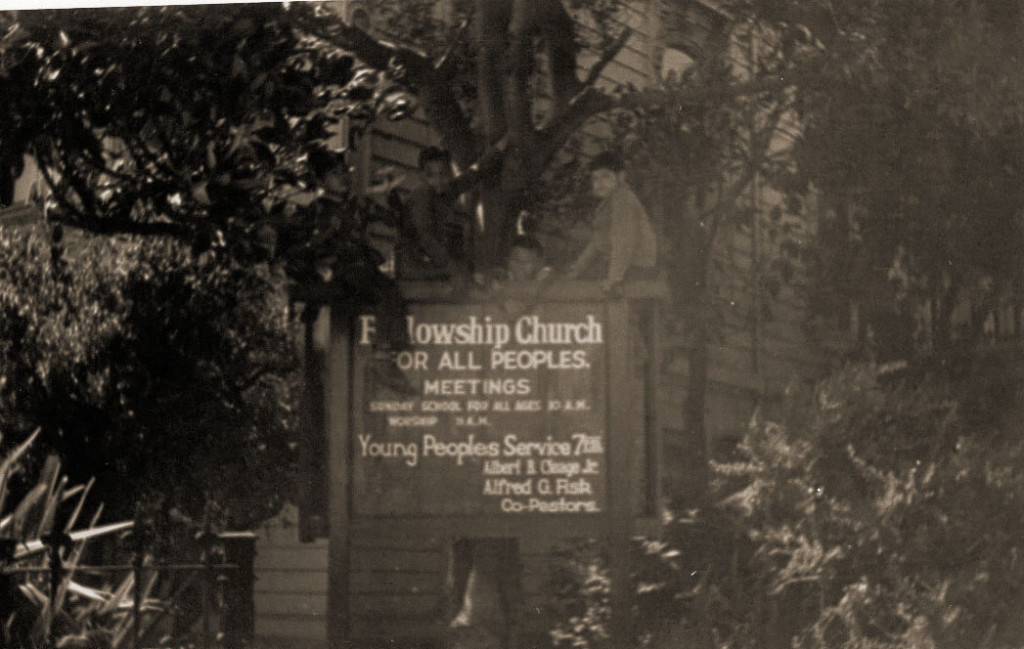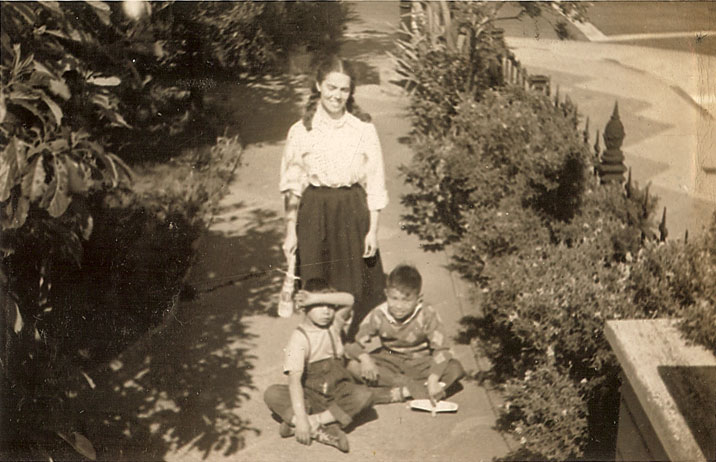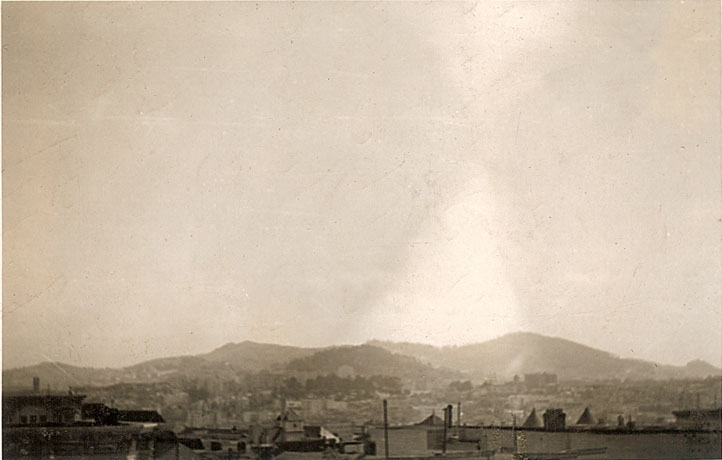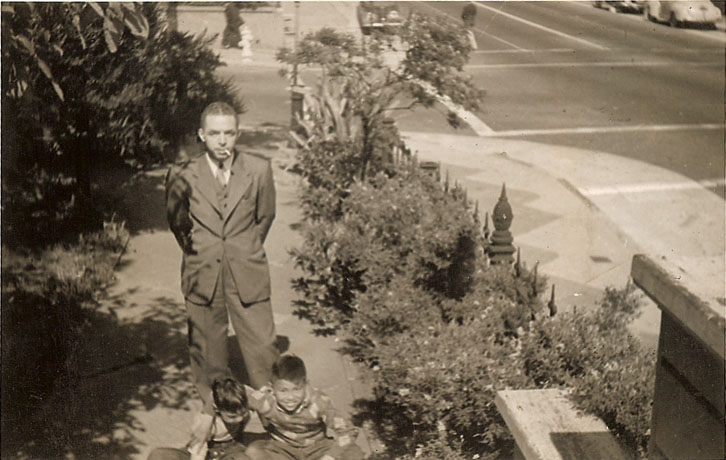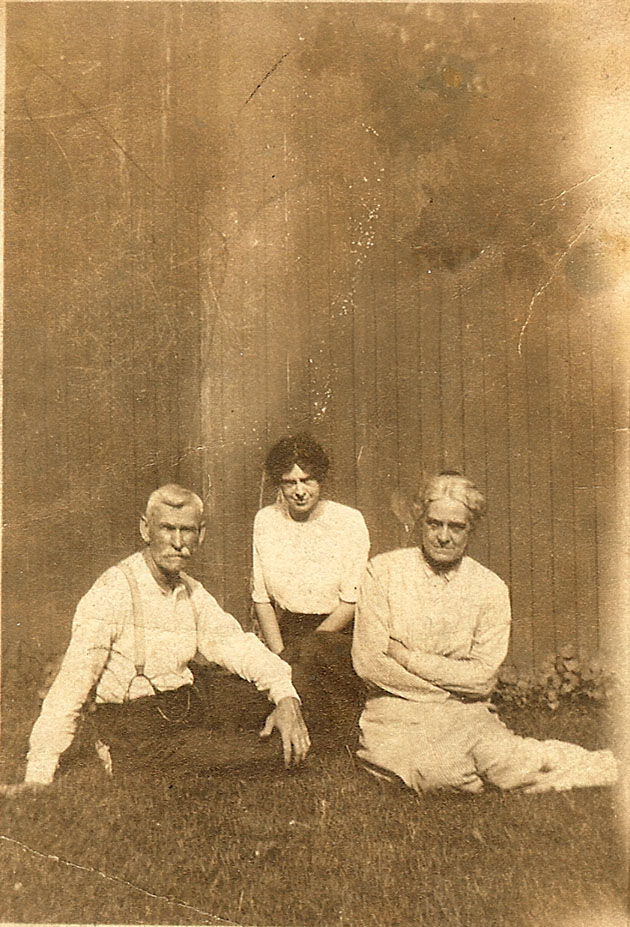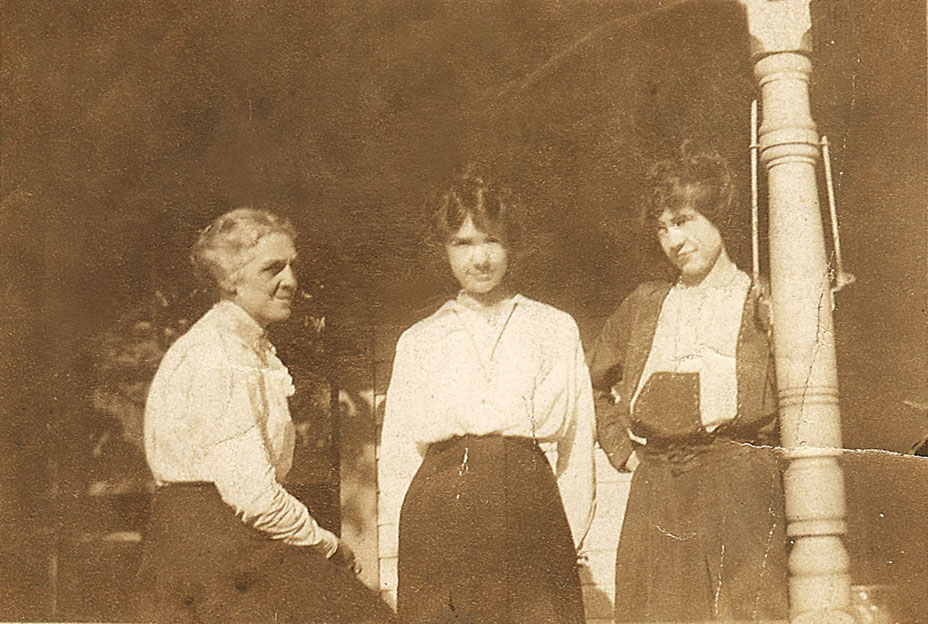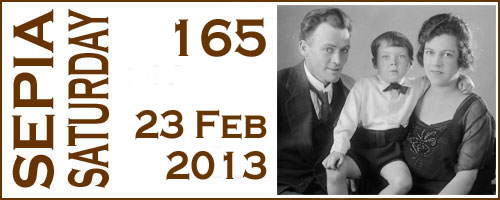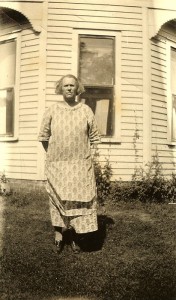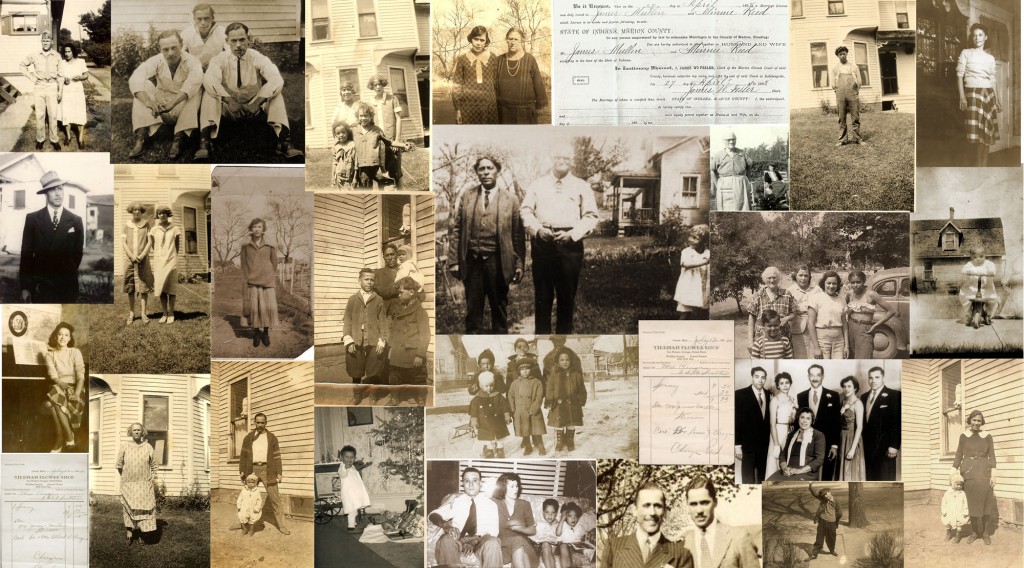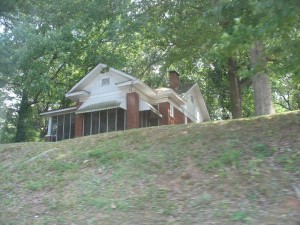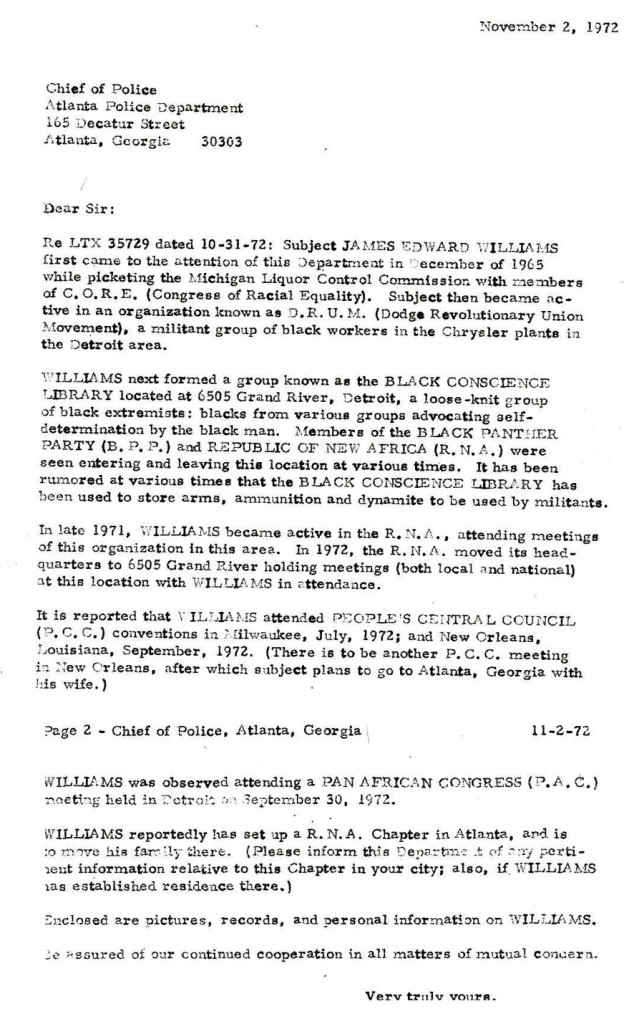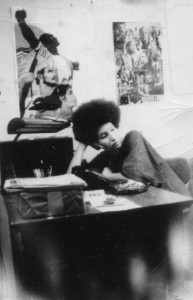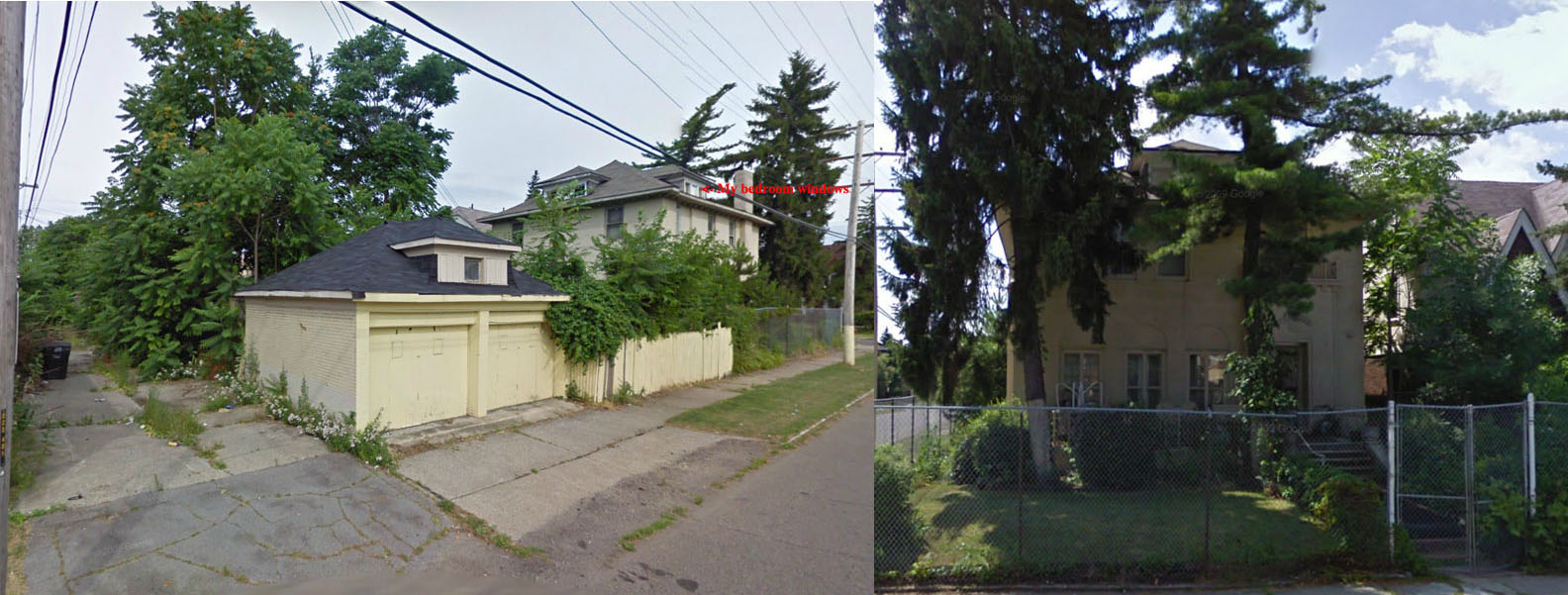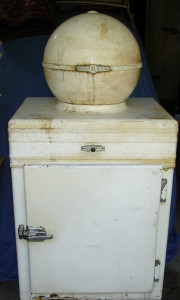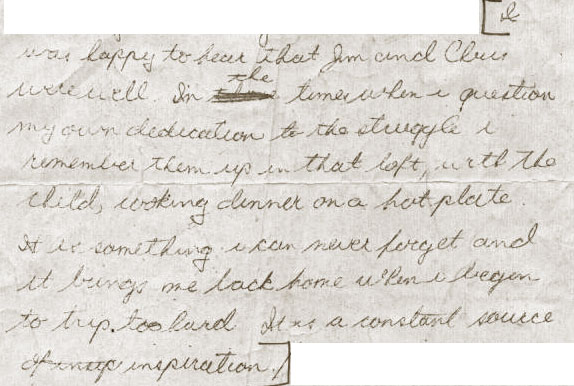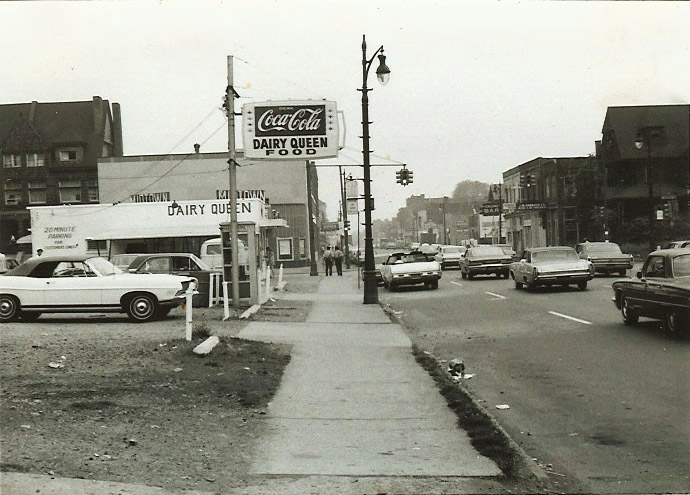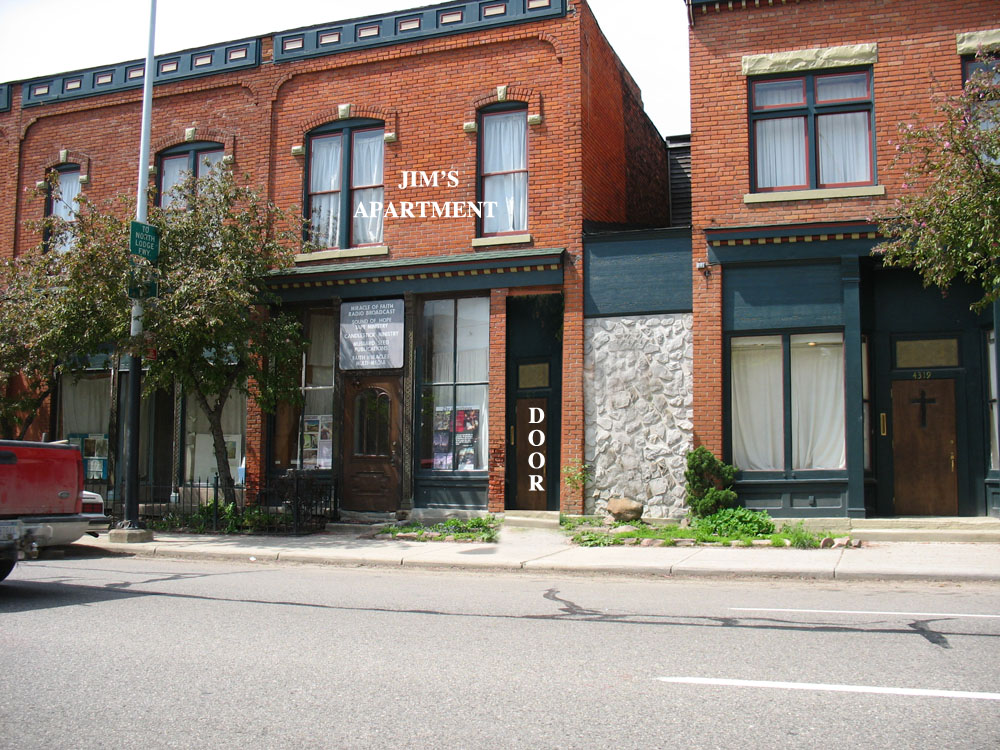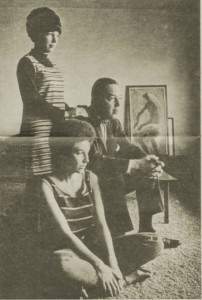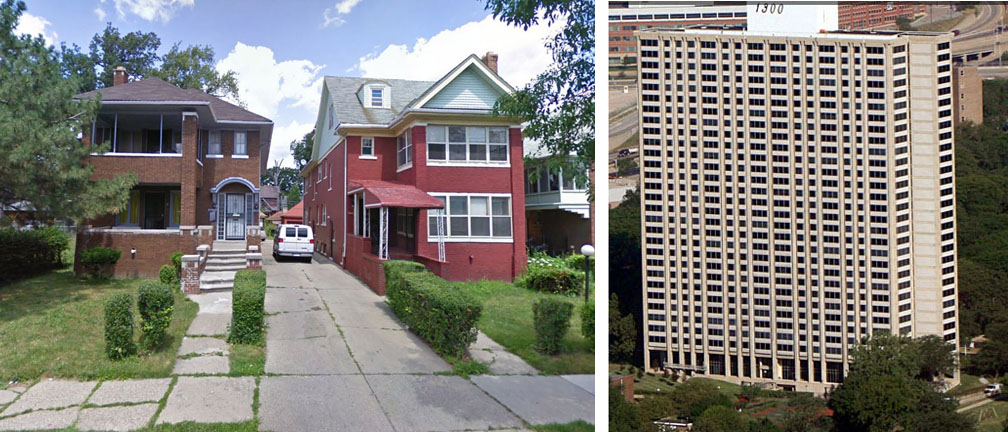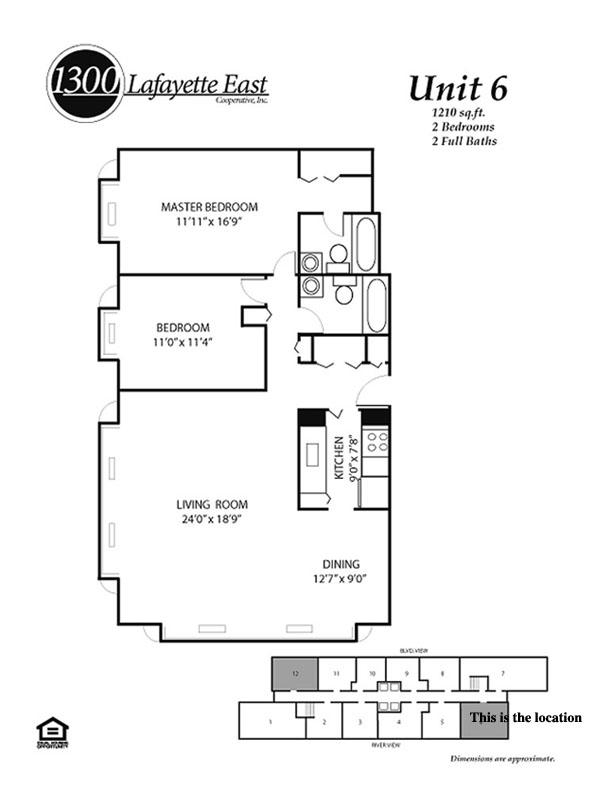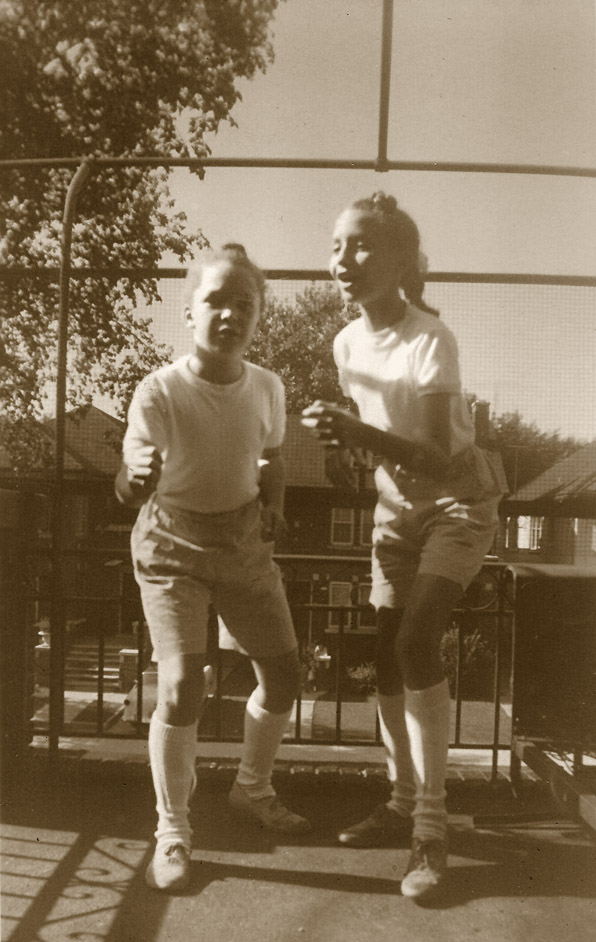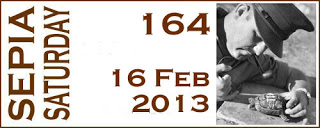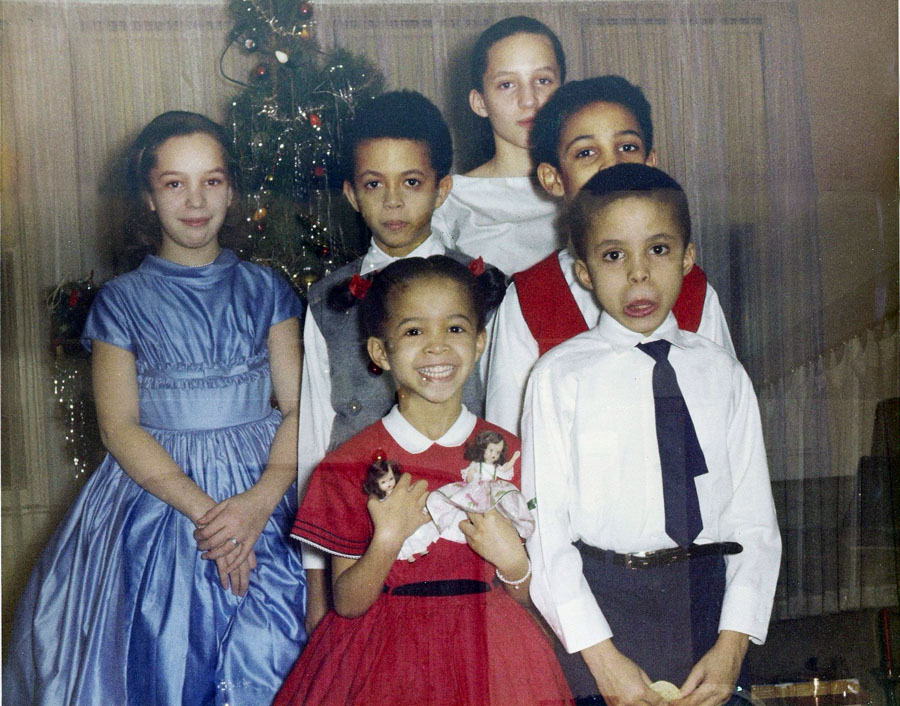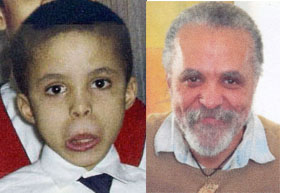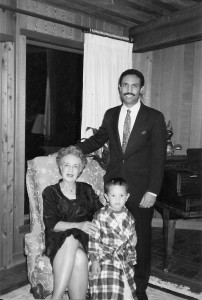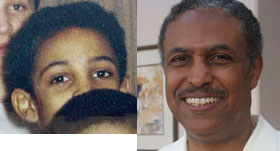This is the 23rd post in the February Photo Collage Festival and the Family History Writing Challenge. The photograph for today is of a corner of the living room in my parents apartment in San Francisco. It was 1944.
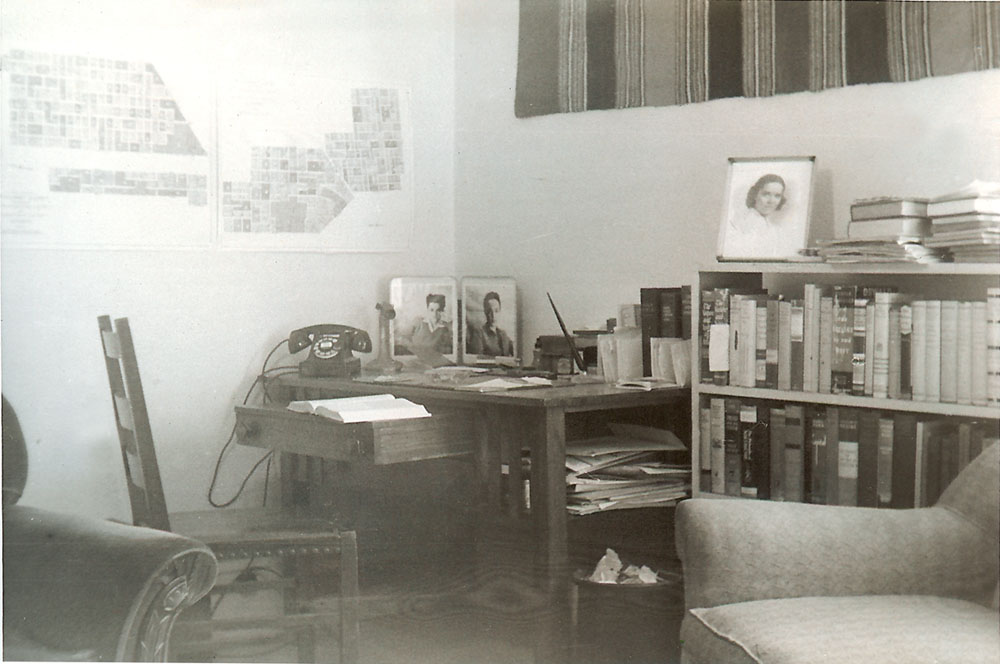
My parents, Albert B. Cleage Jr and Doris Graham, were married in Detroit on November 17, 1943. They left immediately after the ceremony for Lexington, Kentucky, where my father had accepted a call from Chandler Memorial Congregational Church. They were there only two months when he accepted an interim pastorship at the new, experimental San Francisco Church for the Fellowship of All Peoples. He served from January of 1944 through June of the same year. The captions under the photographs are taken from what my parents wrote on the back when they sent the pictures back home to their families.


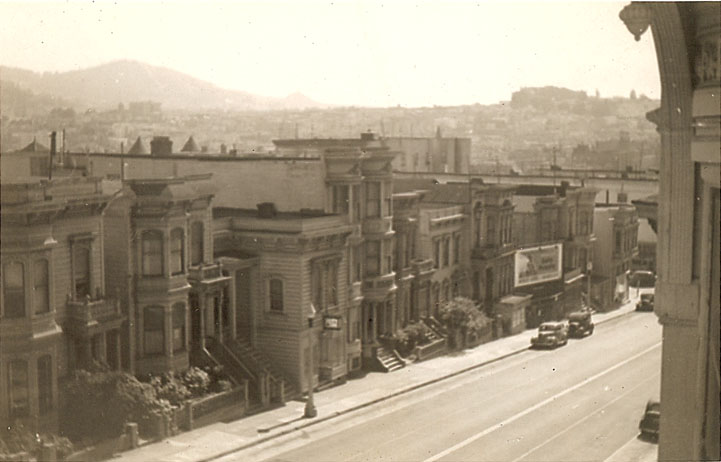
Following is an excerpt from a biography of my father, about his time in San Francisco. I wish I had the box of letters I know existed from those six months.
“Cleage does not remember his work with the famous Fellowship Church of All Peoples with any fondness. The new congregation, which had about fifty members when he was there, was a contrived, artificial affair, he says. ‘An Interracial church is a monstrosity and an impossibility,’ he said. ‘The whites who came, came as sort of missionaries. They wanted to do something meaningful, but this was not really their church. The blacks regarded it as experimental too, or were brainwashed to think that it was something superior.’ He called his white counterpart, Dr. Fisk, ‘well-meaning,’ and said Fisk thought he (Fisk) was doing a great work, but had no understanding of tension and power. He felt the Lord looked in favor on this work, and any whites that joined him were headed for glory. He hated to have problems mentioned. Problems included the property left deteriorating after the Japanese were moved out, and the boilermakers’ union ‘which set up separate auxiliary units for black so they could discontinue the units after the war.’ Cleage joined in with NAACP efforts to get at these injustices. He was told he could stay at the Fellowship of All Peoples if he wanted to, and he said ‘they were nice people, but it did not seem to me it was a significant ministry.’ About Fisk, he said, ‘He talked about the glorious fellowship washed in the blood of the Lamb; I talked about hell on the alternate Sundays. He felt upset about my preaching, but he didn’t want to raise racial tension in his heaven.'”
From Hiley Ward, Prophet of the Black Nation. (Piladelphis: Pilgrim Press, 1969), p. 55.
________________________
You can see a newspaper clipping of my parents and a very short post about their time in San Francisco here Newspaper Clipping of My Parents. Soon after July 1, my parents moved to Los Angeles, where my father studied film making for a year before he was called to pastor St. John’s Congregational Church in Springfield, Massachusetts.

